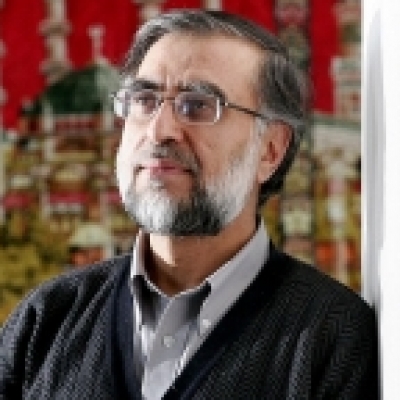



 Zafar Bangash
Zafar BangashEven while China’s overall foreign trade fell 2.9% to $1.43 trillion in 2022, its trade with Russia surged. And China-Russia trade is on track to surpass the $200 billion target set by the two governments for 2023. Data released by the Chinese General Administration of Customs in April showed that the bilateral trade turnover between China and Russia in the first quarter of 2023 amounted to US$53.84 billion, 38.7% more than in the same period last year.
The biggest drop in Chinese trade was with the United States which fell by 13.1% to $161.59 billion. The growth in China-Russia trade and the decline in US-China trade are the direct result of sanctions imposed by Washington. Resurgence of Covid also affected Chinese economic growth last year but now it is well on its way to recovery. It experienced higher-than-expected GDP growth of 4.5% in the first quarter of 2023.
These changes are the direct result of the short-sighted policies pursued by the US. Using sanctions as a blunt instrument Washington policy-makers thought they could bring both Russia and China to their knees. Instead, sanctions have driven the two countries closer to each other as well as seek trading partners elsewhere.
As the late French President Charles De Gaulle famously said, “the Americans are capable of doing the most stupid things imaginable, and even those that are not imaginable!” This American trait is once again on display in the manner in which they have gone about imposing sanctions on others. Countries with small fragile economies may prove vulnerable to sanctions but it requires a leap of faith to believe Russia and China fall in that league.
Russian President Vladimir Putin, a sophisticated former spymaster, anticipating US-led sanctions if he launched his “special military operation” in Ukraine, had already made preparations. Internally, he cushioned the people by ensuring economic stability. Externally, he had made plans to reorient Russia’s economy toward the east.
Far from damaging the Russian economy, US sanctions have devastated the economies of European countries, supposed allies of Washington. Both the French and Germans have expressed dismay at how the US has inflicted massive losses on their economies. French President Emmanuel Macron has openly distanced himself from US policy vis-à-vis Russia and China.
At the heart of Russia-China trade is energy supplies. Russia is now China’s leading supplier. They are also expanding their ties from pure commodity trading of oil and natural gas to industrial cooperation in oil and gas exploration and refining, said Liu Qian, an executive deputy director of the Center for Russian and Central Asian Studies at the China University of Petroleum (Beijing).
Russia’s huge discounts on oil and gas are acting as a bonanza for Chinese manufacturers. Russia benefits by finding markets for its oil and gas now that it has been blocked from exporting to Europe as a result of US pressure and the blowing up of Nord Stream pipeline. The US is supplying liquified gas to Europe, especially Germany at four times the price what Russia was charging. Some friend, some ally.
In addition to importing oil, natural gas, and coal from Russia, China also imports copper, copper ore, timber, fuel, and seafood. Its exports to Russia include smartphones, industrial and specialized equipment, toys, shoes, vehicles, air conditioners, and computers.
The two have also moved to cooperate in the military field. This was highlighted during Chinese President Xi Jinping’s visit to Moscow in March followed by Chinese defence minister, General Li Shangfu’s visit in April (April 16-19). What was extraordinary about Li’s visit was that he was received by Putin for a “working meeting” in the Kremlin, according to Kremlin spokesman Dmitry Peskov. In his meeting with Li, Putin said that military cooperation plays an important role in Russia-China relations. The Russian president had disclosed as early as October 2019 that Russia was helping China to create an early missile warning system that would greatly enhance China’s defensive capacity.
Another indicator of their growing trade is the use of their respective currencies, moving away from the dollar. According to a report from Russia’s Central Bank, the Bank of Russia, the share of the yuan/ruble pair trading on the Russian exchange market reached a new high of 39% in March 2023. During the same period, the share of the US dollar/ruble pairing fell to 34%, the lowest for many years. In February, the yuan surpassed the US dollar in trading volumes on the Russian MOEX currency exchange.
